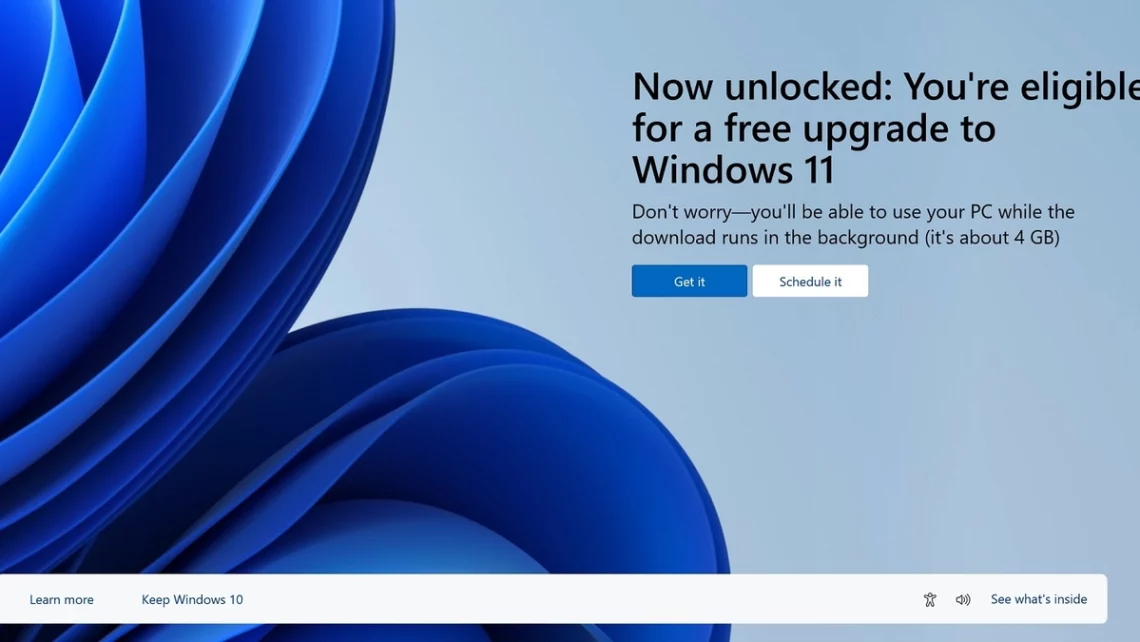Windows Devices
Windows devices encompass a wide range of hardware products that run on the Microsoft Windows operating system. These devices are renowned for their versatility, compatibility, and user-friendly interfaces, making them a popular choice for both personal and professional use. From traditional desktop computers and laptops to tablets, 2-in-1 convertibles, and even gaming consoles, Windows devices offer a diverse ecosystem that caters to various needs and preferences. One of the defining features of Windows devices is their broad software compatibility. The Windows operating system supports a vast array of applications and software, making it a go-to platform for productivity, creativity, and entertainment. Whether you're a business professional, a creative artist, a gamer, or a student, you can find Windows devices tailored to your specific requirements. Windows devices are known for their robust performance capabilities, with options ranging from budget-friendly models to high-end powerhouses equipped with cutting-edge hardware. They often provide seamless integration with Microsoft's suite of productivity tools like Microsoft Office, OneDrive, and Outlook, enhancing productivity and collaboration. Moreover, Windows devices boast a user-friendly interface characterized by the iconic Start Menu and taskbar, offering a familiar and intuitive experience for long-time Windows users. Additionally, features like Cortana, virtual desktops, and the Microsoft Store provide users with tools to personalize and enhance their computing experience. In summary, Windows devices offer a diverse and adaptable ecosystem of hardware products that run on the Windows operating system. Their compatibility, performance, and user-friendly interface make them a dependable choice for a wide range of users, ensuring that there's a Windows device suitable for virtually any computing need.
-
Microsoft Ends Free Windows 7 to 10 or 11 Updates: What You Need to Know
In a recent announcement, Microsoft has officially closed the door on a long-standing practice that allowed Windows 7 and 8.X users to upgrade to Windows 10 and 11 for free. This change comes after years of extending the free upgrade offer past its initial deadline, but it seems the days of getting the latest Windows OS without paying are finally over. Here’s what you need to know about Microsoft’s new policy. The History of Free Windows Upgrades Back in 2015, Microsoft made a bold move by offering a free upgrade to Windows 10 for users of older operating systems, most notably Windows 7. This move was aimed at enticing users…




